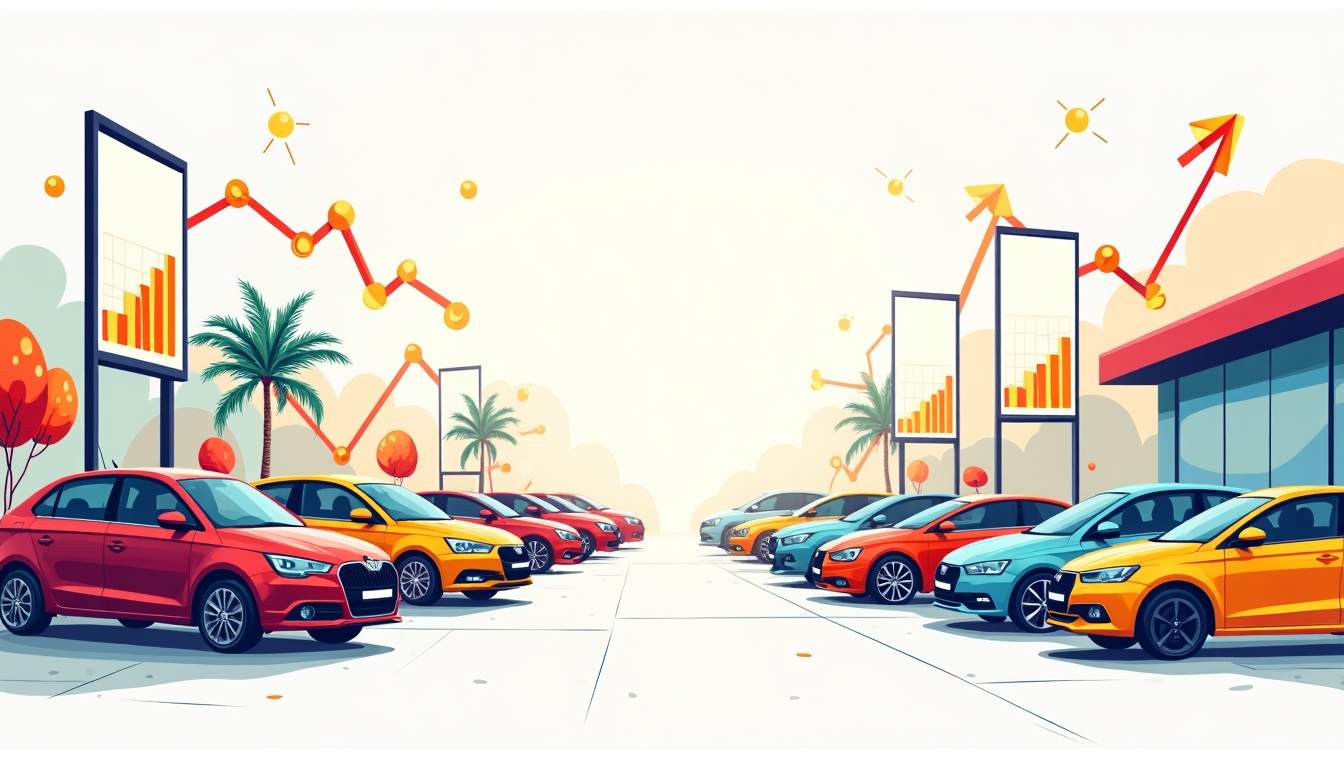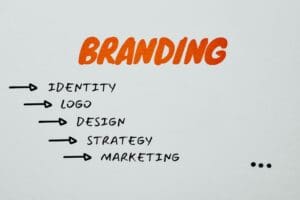Imagine this: a shiny new car sits on your lot, but days pass and it still hasn’t caught a buyer’s eye. What’s missing? The right marketing strategy. Selling cars isn’t just about having the best models or the most competitive prices; it’s about connecting with buyers in a way that makes them choose your dealership over countless others.
Understanding Your Audience: The First Step to Selling More Cars
Who Are Your Buyers?
Before crafting any marketing plan, you need to know who you’re selling to. Are your customers primarily young professionals looking for affordable, fuel-efficient vehicles? Or are they families wanting spacious SUVs? Knowing your audience shapes every marketing decision you make—from the channels you use to the messages you send.
Start by gathering data from your existing customers. What are their demographics? What motivates their purchase decisions? Use surveys, sales records, and online analytics to build a clear profile. When you understand your buyers’ needs and preferences, you can tailor your marketing to speak directly to them. Additionally, consider conducting focus groups or interviews to gain deeper insights into their experiences and expectations. Engaging directly with customers can reveal nuances that data alone might miss, such as emotional triggers that influence their buying decisions.
Segmenting Your Market
Not all customers are the same. Segmenting your market means dividing your potential buyers into groups based on characteristics such as age, income, lifestyle, or buying behavior. This allows you to create targeted campaigns that resonate more deeply.
For example, first-time car buyers might respond well to financing options and educational content about vehicle maintenance. Luxury car buyers might be more interested in exclusive events or personalized service. Segmenting helps you allocate your marketing budget efficiently and increase conversion rates. Furthermore, consider the impact of digital behavior on segmentation; for instance, tech-savvy buyers may prefer online shopping experiences and virtual showrooms, while traditional buyers might appreciate in-person consultations and test drives. By understanding these preferences, you can enhance customer satisfaction and foster loyalty, ultimately driving more sales.
Building a Strong Online Presence
Your Website: The Digital Showroom
Your dealership’s website is often the first point of contact for potential buyers. It needs to be more than just a digital catalog. A well-designed, user-friendly website can significantly boost sales.
Make sure your site loads quickly, is mobile-friendly, and has clear navigation. Include high-quality photos and videos of your cars, detailed specifications, and transparent pricing. Integrate tools like virtual tours or 360-degree views to give visitors a closer look without stepping onto the lot.
Don’t forget to include easy ways for visitors to contact your sales team or schedule test drives. A live chat feature can answer questions instantly and keep potential buyers engaged.
Additionally, consider incorporating customer reviews and ratings directly on your vehicle listings. This social proof can greatly influence purchasing decisions, as potential buyers often seek reassurance from others who have made similar purchases. A dedicated section for frequently asked questions (FAQs) can also enhance user experience, addressing common concerns and providing valuable information upfront.
Search Engine Optimization (SEO)
Even the best website won’t help if no one can find it. SEO is essential for driving organic traffic to your site. Use keywords that potential buyers are searching for, like “best family SUVs near me” or “affordable used cars in [your city].”
Regularly update your website with fresh content such as blog posts, buying guides, and customer testimonials. This not only improves your search rankings but also establishes your dealership as a trusted resource.
Consider creating a dedicated blog section where you can share insights on automotive trends, maintenance tips, or financing options. This not only helps with SEO but also positions your dealership as an authority in the automotive space. Engaging content that answers questions or solves problems can attract visitors and keep them coming back for more, ultimately increasing the chances of conversion.
Leverage Social Media Platforms
Social media is a powerful tool for reaching and engaging with your audience. Platforms like Facebook, Instagram, and TikTok allow you to showcase your inventory, share customer success stories, and run targeted ads.
Use video content to highlight new arrivals or demonstrate features of popular models. Encourage happy customers to share their experiences and tag your dealership. Authentic reviews and user-generated content build trust and attract new buyers.
Moreover, consider hosting live Q&A sessions or virtual events on platforms like Facebook Live or Instagram Stories. This interactive approach can foster a sense of community and allow potential buyers to engage with your brand in real-time. Running contests or giveaways can also increase your visibility and encourage user participation, further expanding your reach and enhancing brand loyalty.
Crafting Compelling Offers and Promotions
Limited-Time Deals That Create Urgency
Nothing motivates buyers like a good deal—especially when it’s for a limited time. Flash sales, holiday discounts, or special financing rates can push hesitant customers to make a decision. By creating a sense of urgency, you tap into the psychology of scarcity, prompting customers to act quickly rather than delaying their purchase.
Be clear about the terms and emphasize the urgency in your messaging. Use countdown timers on your website or social media posts to visually reinforce the limited availability. Additionally, consider leveraging email marketing to send reminders as the deadline approaches. This not only keeps your offer top of mind but also encourages potential buyers to take action before it’s too late. Engaging visuals and compelling copy can further enhance the impact of your limited-time offers.
Bundled Packages and Value Adds
Offering bundled packages can make your cars more attractive. For example, include free maintenance for a year, complimentary insurance, or accessories like floor mats and roof racks. These extras add perceived value without significantly cutting into your margins. Bundling not only simplifies the purchasing process for customers but also positions your dealership as a one-stop shop for their automotive needs.
Highlight these bundles in your marketing materials to differentiate your dealership from competitors. Consider creating tiered packages that cater to different customer segments, such as first-time buyers, families, or luxury seekers. Each package can be tailored to meet specific needs, enhancing the overall customer experience. Additionally, sharing testimonials or case studies of satisfied customers who benefited from these bundles can further entice potential buyers to consider your offers. By showcasing the real-world value of your promotions, you build trust and credibility with your audience.
Engaging Customers with Personalized Communication
Email Marketing That Works
Email remains one of the most effective channels for nurturing leads and encouraging repeat business. Build an email list by offering incentives like exclusive discounts or informative newsletters. Consider creating a welcome series for new subscribers that introduces them to your brand’s values, services, and special promotions. This initial engagement can set the tone for a lasting relationship and increase the likelihood of conversions.
Segment your email list based on buyer behavior and preferences. Send personalized messages that address their specific interests, such as new arrivals of their favorite car models or maintenance tips for vehicles they own. Additionally, leveraging data analytics can help you track engagement rates and refine your strategies. By analyzing open rates and click-through rates, you can identify which types of content resonate most with your audience, allowing you to tailor future communications even more effectively.
Follow-Up Strategies
Following up with prospects who have shown interest is crucial. Whether they’ve requested a quote, scheduled a test drive, or visited your website multiple times, timely and thoughtful follow-ups can convert leads into sales. Consider implementing automated follow-up sequences that trigger based on specific actions taken by the prospect. For instance, if a potential customer views a particular vehicle multiple times, an automated email could highlight that model’s unique features and offer a special incentive to encourage a visit to the dealership.
Use a mix of phone calls, emails, and text messages to stay top-of-mind. Make sure your sales team is trained to listen carefully and provide helpful information rather than just pushing for a sale. Personal touches, like remembering a customer’s name or referencing previous conversations, can significantly enhance the customer experience. Furthermore, consider sending personalized thank-you notes or follow-up surveys after a purchase, as these small gestures can foster loyalty and encourage referrals, ultimately leading to a more robust customer base.
Utilizing Data and Analytics to Refine Your Strategy
Track Your Marketing Performance
Marketing without measurement is guesswork. Use analytics tools to monitor which campaigns drive traffic, generate leads, and close sales. Pay attention to metrics like website visits, click-through rates, and conversion rates.
This data helps you understand what’s working and what isn’t, so you can adjust your strategy accordingly. For example, if social media ads for SUVs are outperforming those for sedans, consider reallocating your budget to maximize returns.
Customer Feedback as a Guide
Don’t overlook direct feedback from your customers. Conduct surveys or ask for reviews to learn about their buying experience and what influenced their decision. This insight can reveal strengths to highlight and weaknesses to address in your marketing.
Building Trust Through Transparency and Service
Honest Advertising Builds Loyalty
Customers appreciate honesty. Avoid exaggerating features or hiding fees. Transparent pricing and clear communication about financing options build trust and reduce buyer hesitation.
Showcase customer testimonials and case studies that highlight positive experiences. When buyers see real stories from satisfied customers, they feel more confident choosing your dealership.
Exceptional Customer Service as a Marketing Tool
Great service doesn’t end at the sale. Providing ongoing support, easy maintenance scheduling, and quick responses to inquiries turns buyers into loyal advocates. Word-of-mouth referrals are invaluable and often bring in high-quality leads.
Train your staff to prioritize customer satisfaction at every touchpoint. A reputation for excellent service can set your dealership apart in a crowded market.
Conclusion: Putting It All Together to Boost Sales
Selling cars successfully requires more than just having the right inventory. It demands a strategic approach that understands your audience, leverages digital tools, crafts compelling offers, and builds lasting relationships.
Focus on creating an engaging online presence, personalizing your communication, and continuously analyzing your results. Combine transparency with exceptional service to foster trust and loyalty. When these elements come together, your sales will not only increase-they’ll thrive.
Start implementing these strategies today, and watch your dealership become the go-to destination for car buyers in your area.









